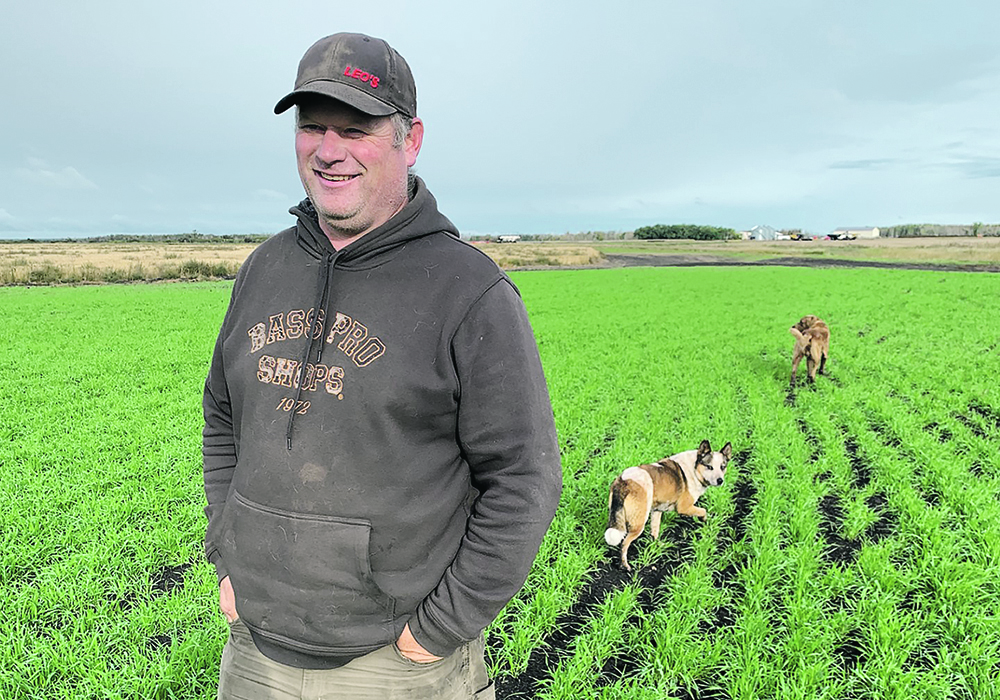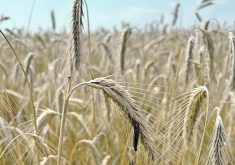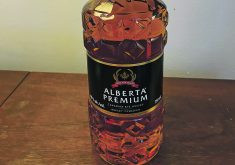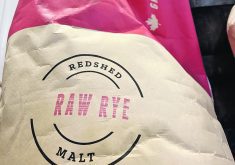This is part of an ongoing series of stories exploring rye, the crop, as it becomes Rye, the whisky.
ROCKWOOD, Man. — It was a grey, misty, late September 2022 day in the dankest land on Curtis McRae’s farm.
He didn’t seed it in the spring. He couldn’t. It was too wet.
That isn’t as rare an event as he’d like. On this land, too much moisture is often a problem.
Other stories in this series:
Read Also

Canola oil transloading facility opens
DP World just opened its new canola oil transload facility at the Port of Vancouver. It can ship one million tonnes of the commodity per year.
- More producers start growing rye as crop prepares for a recovery
- Growing rye for seed is quirky but fun
- Rye’s agricultural journey set over thousands of years
But right now, a thick, lush, green carpet is hiding most of the soil from the elements. Just a few days ago, he planted his first-ever crop of rye and it’s looking good.
“I wish our spring crops could jump out of the ground like this stuff,” said McRae, who has a mixed farm of crops and beef cattle in an area near Lake Winnipeg.
“Three days after seeding, it’s out of the ground.”
Rye was once common in this area, but acreage faded as other crops became better money-makers. Despite the gigantic Crown Royal whisky distillery operating just a few dozen kilometres away, rye has become rare here.
However, the old crop found its way into McRae’s rotation as an answer to several problems, and as a source of new opportunities.
“I’m jealous,” he said about one farmer-neighbour, who has been growing rye for about five years.
“They get to play with their combine a little earlier than I do.”
Being able to harvest a few hundred acres in July rather than having to harvest everything in August and September is part of why he seeded rye in September 2022. But it’s far from the only reason.
Protecting the fine, fluffy, peaty soil from erosion is also a factor. This land, if left uncovered, can blow and wash away. Fall rye adds a protective layer for most of the year.
It also sucks up the April and May moisture that is such a vexation for spring-seeding. The situation that hurts spring cereal production on this land can help the rye.
The environment here can get very cold, so winter wheat doesn’t always survive, but rye is a lot tougher.
Growing a cereal helps break up the disease pressure that hits his other crops.
Having another market to serve also spreads out the risks that come from relying upon too few crop choices. Rye can work for feed or distilling, as well as for food, so it isn’t always affected by the market challenges that hit the big acreage crops.
Selling his crop to become rye whisky would hopefully bring a premium, but would definitely add an enjoyable element to his marketing plan.
But the biggest factor for McRae is being able to spread out harvest by weeks, which isn’t just better for combine efficiency but makes it easier to operate the farm without much labour. He’s already extended his seeding late in the year, so adding an early-harvest crop fixes the other end of the window.
“Now we’re going to be pushing July to November,” said McRae, who hopes to be harvesting rye, then wheat, canola, soybeans and sunflowers.
“The combine isn’t just a three-week machine anymore.”
Farmers have been getting drawn back to rye by the development of tough and good-yielding hybrid varieties from Europe, where the crop gets more breeding support.
Those hybrids have been made available across Western Canada by FP Genetics, which has been aggressively promoting the crop in recent years. The hybrids have several advantages, including better resistance to disease than traditional varieties.
McRae didn’t seed one of those varieties. He used a conventional variety that has better winter hardiness.
He didn’t know, going into the cold season months, if he’d made the right decision, but was hoping to see good results from this old crop on his most problematic land.
He knew he had much to learn, as do a growing number of farmers trying out the one-time prairie mainstay.
“I’m a first-timer. I’m not sure what’s going to happen,” said McRae.
















